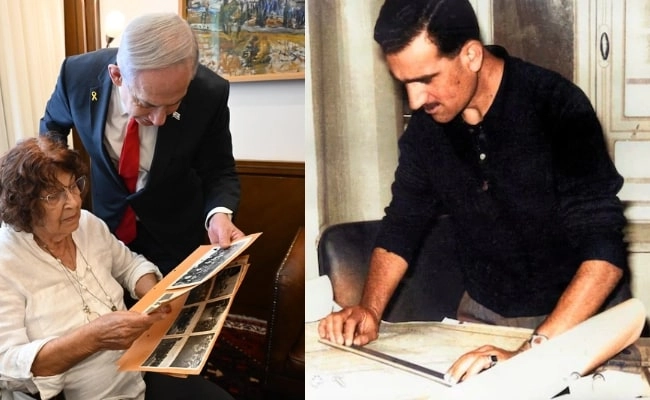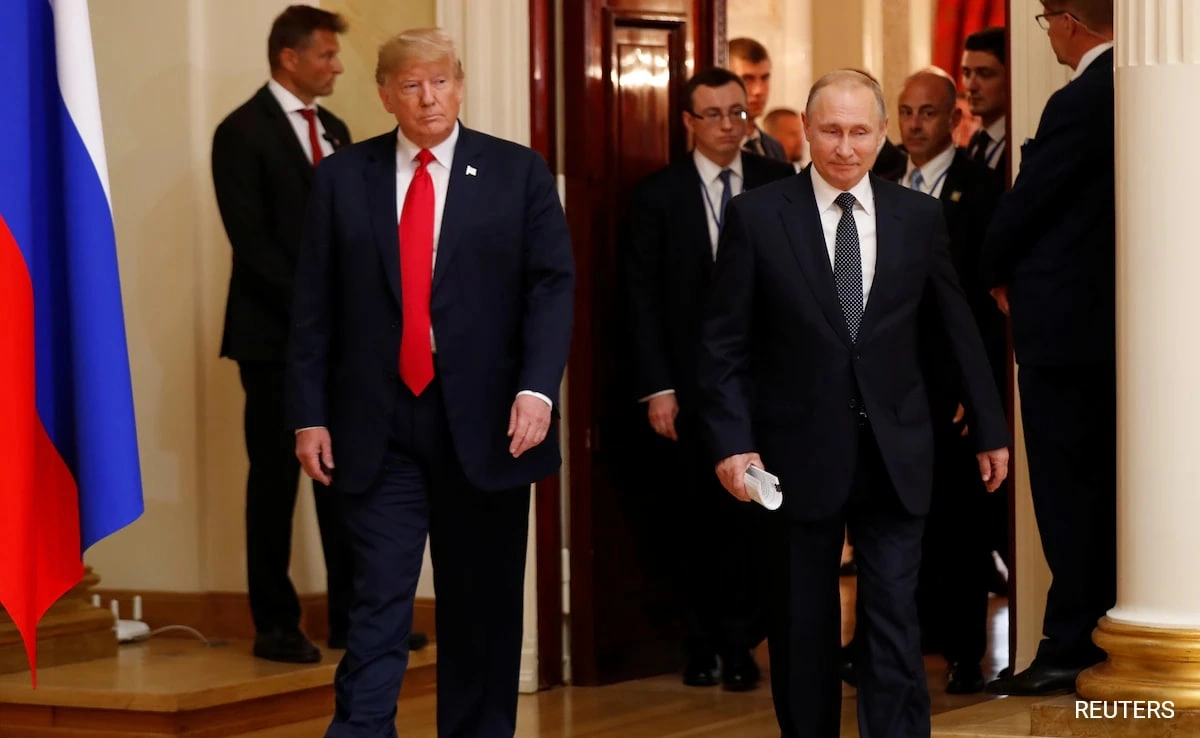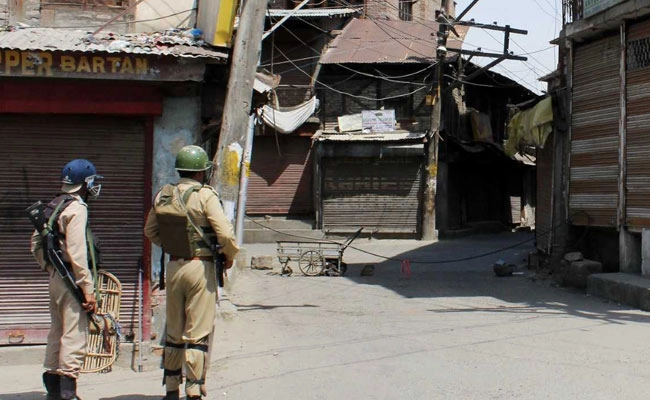Sixty years after the public execution of a Mossad spy in Syria, Israel has successfully recovered a significant collection of artifacts linked to this historic event. The individual in question was executed in 1963, a moment that has since been etched in the annals of Israeli and Syrian history, highlighting the intense espionage activities that characterized the region during the Cold War. The artifacts, which number around 2,500 items, provide a fascinating glimpse into the complex interplay of intelligence, politics, and national identity that defined the era.
The collection includes personal belongings, documents, and various objects that once belonged to the executed spy, revealing insights into his life and the circumstances leading to his capture and execution. For Israel, the recovery of these items is not merely about reclaiming lost property; it represents an opportunity to confront a painful chapter in the nation’s history while also acknowledging the enduring legacy of espionage that has shaped Israeli-Syrian relations. This event underscores the importance of historical memory, particularly in a region where past conflicts continue to influence contemporary geopolitics.
Furthermore, the return of these artifacts could have broader implications for the ongoing dialogue between Israel and Syria. As both nations navigate their complex relationship, the recovered items serve as a reminder of the mutual suspicions and hostilities that have persisted over the decades. By engaging with this historical narrative, there may be potential for reconciliation or, at the very least, a deeper understanding of each nation’s perspective on their shared past. The story of the Mossad spy is not just a relic of history; it is a poignant reminder of the human stories behind the headlines, illustrating the lengths to which states will go to protect their interests and the personal costs involved in the world of espionage.
In the context of modern-day Israel and Syria, this recovery could also open discussions about the role of intelligence agencies in shaping national policies and the ethics surrounding espionage. As both countries reflect on the past, there is an opportunity to address the broader implications of their historical actions and consider new pathways toward peace and cooperation. The artifacts thus serve as a bridge between the past and the present, encouraging a dialogue that could lead to new understandings and a more nuanced view of each nation’s history and identity.




